Van Lake, located in eastern Turkey, is the country’s largest lake and one of the largest saline soda lakes in the world. Nestled in a high-altitude basin at over 1,600 meters (5,200 feet), the lake is surrounded by rugged mountains and has a unique turquoise hue due to its mineral-rich waters. Its volcanic origins have shaped the lake’s basin, and its high saline and alkaline levels create an environment that limits the variety of aquatic life, though it supports an endemic species, the Pearl Mullet fish. The lake is a popular destination for travelers interested in nature, history, and archaeology.
One of the lake’s highlights is Akdamar Island (sometimes spelled Aghtamar or Akhtamar), which lies near the southern shore of Lake Van. This small, rocky island is home to the famous Akdamar Church, a 10th-century Armenian church known for its intricate stone carvings and frescoes depicting scenes from the Bible. Dedicated to the Holy Cross, the church is an architectural marvel and a testament to medieval Armenian art, blending unique cultural and religious influences. Visitors to the island can enjoy breathtaking views of the lake and surrounding mountains, especially striking in spring when the almond trees bloom, adding a delicate beauty to the island’s rugged landscape.
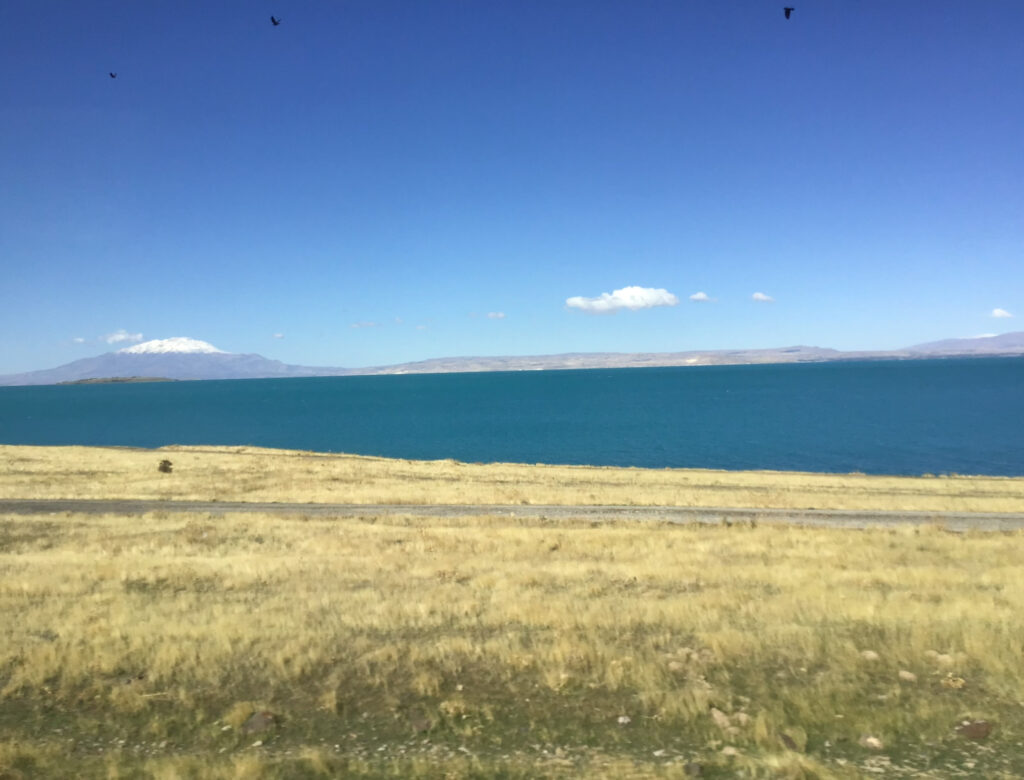
The saline soda content of Van Lake is primarily due to its unique geological and hydrological conditions. Van Lake is an endorheic basin, meaning it has no outlet for its water; the water that flows in from rivers and rainfall can only leave through evaporation. As water evaporates over time, it leaves behind the dissolved minerals, leading to a gradual increase in salt and soda (sodium carbonate) concentrations.
The lake’s volcanic origin also contributes to its mineral composition. The surrounding volcanic rocks are rich in various minerals, including sodium and potassium, which leach into the lake. Over time, these factors have combined to create Van Lake’s high alkalinity and salinity, making it one of the largest soda lakes in the world. This unusual composition supports specific microbial and plant life adapted to such environments, while limiting other aquatic species.
Lake Van, located in eastern Turkey, is renowned as the world’s largest soda lake. Its waters exhibit a salinity of approximately 23 grams per liter, which translates to a salinity percentage of about 2.3%. This high salinity, combined with a pH level around 10, imparts a distinctive alkaline characteristic to the lake. (Science Daily)
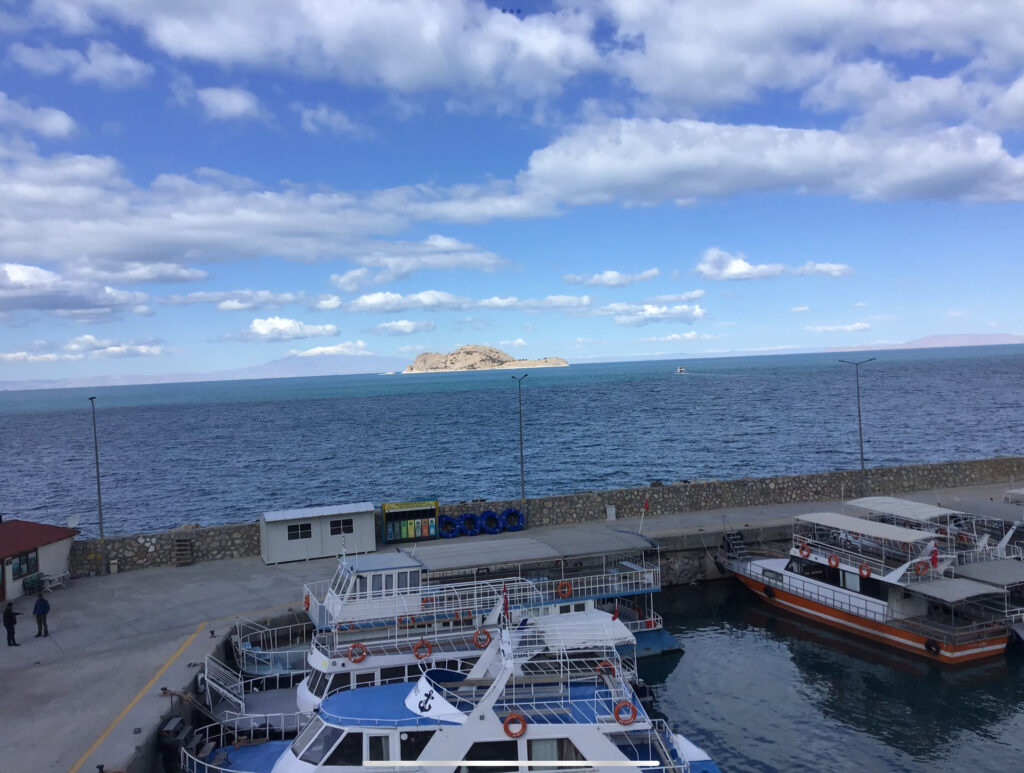
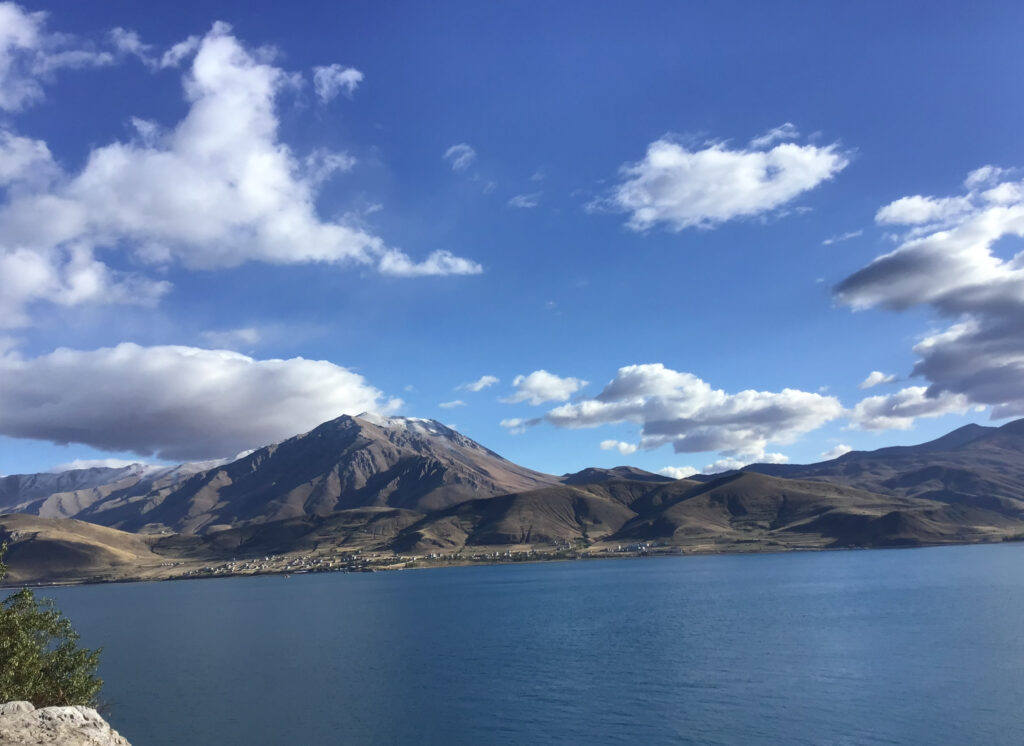
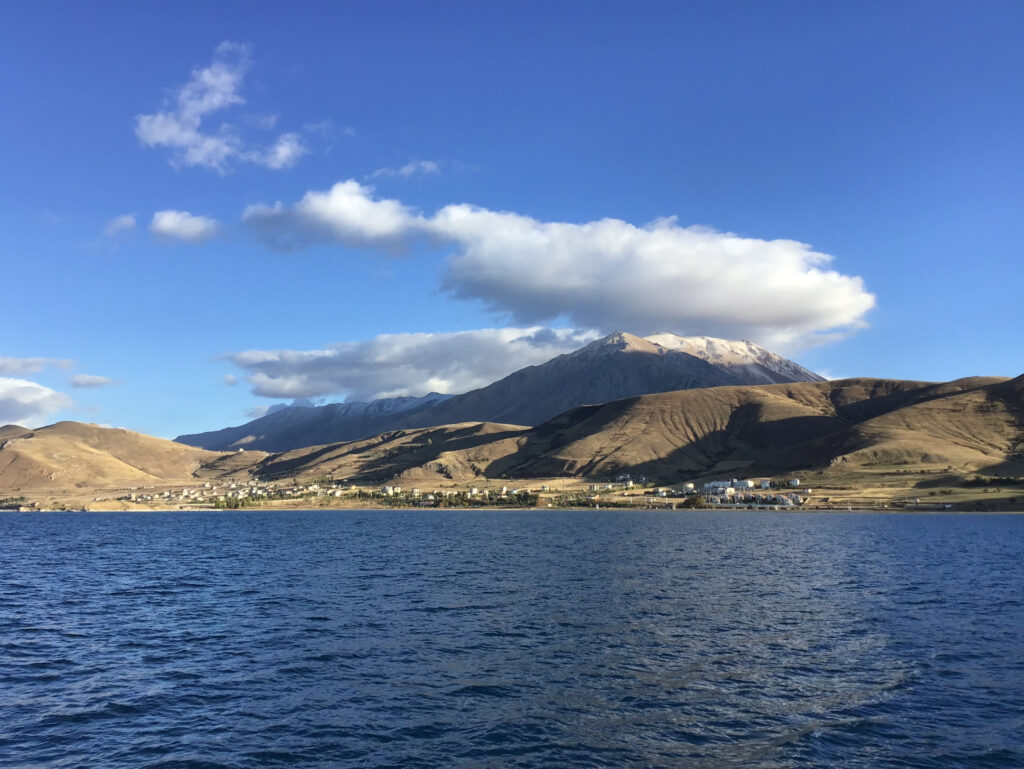
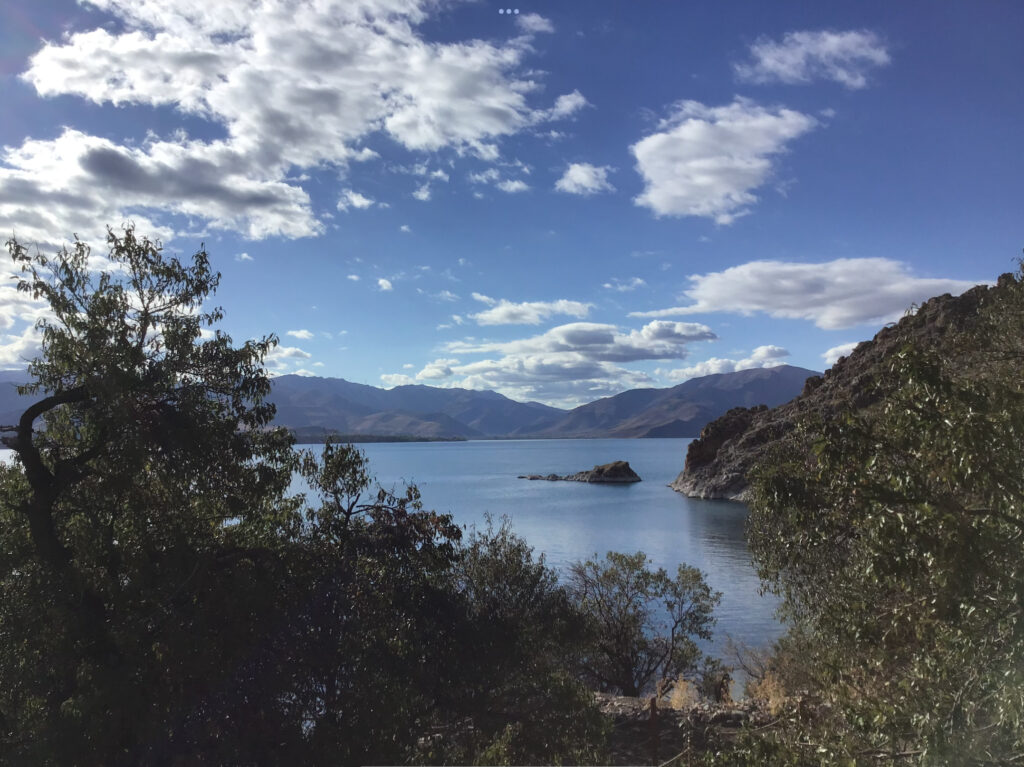
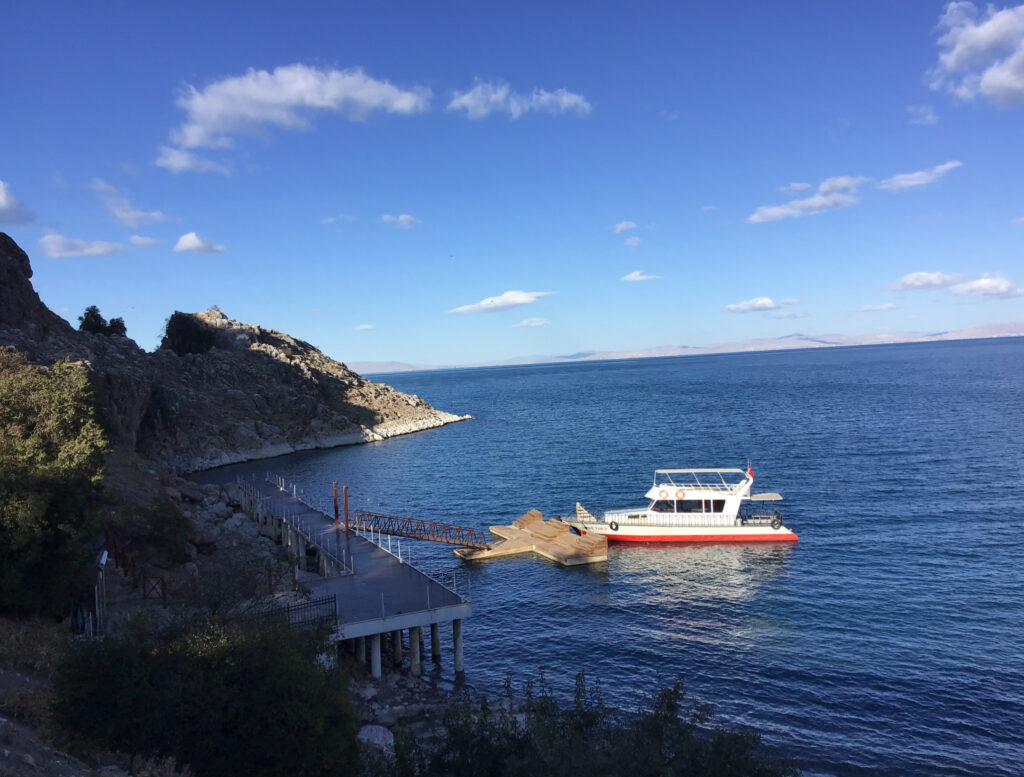
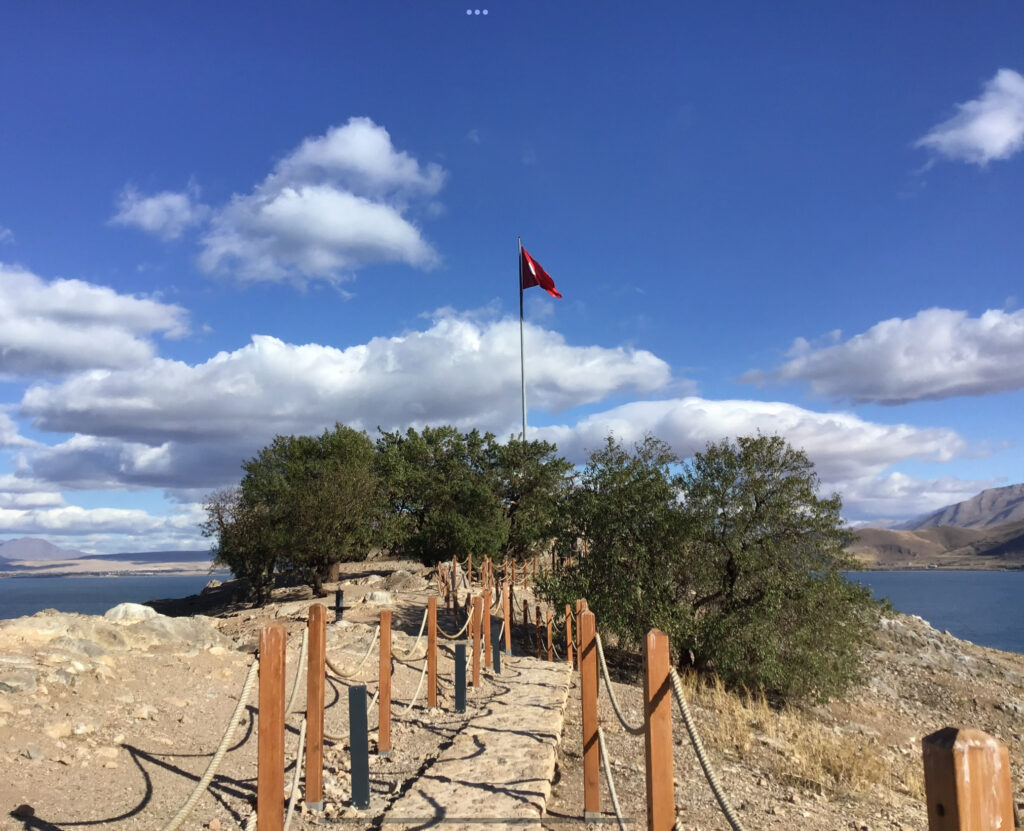
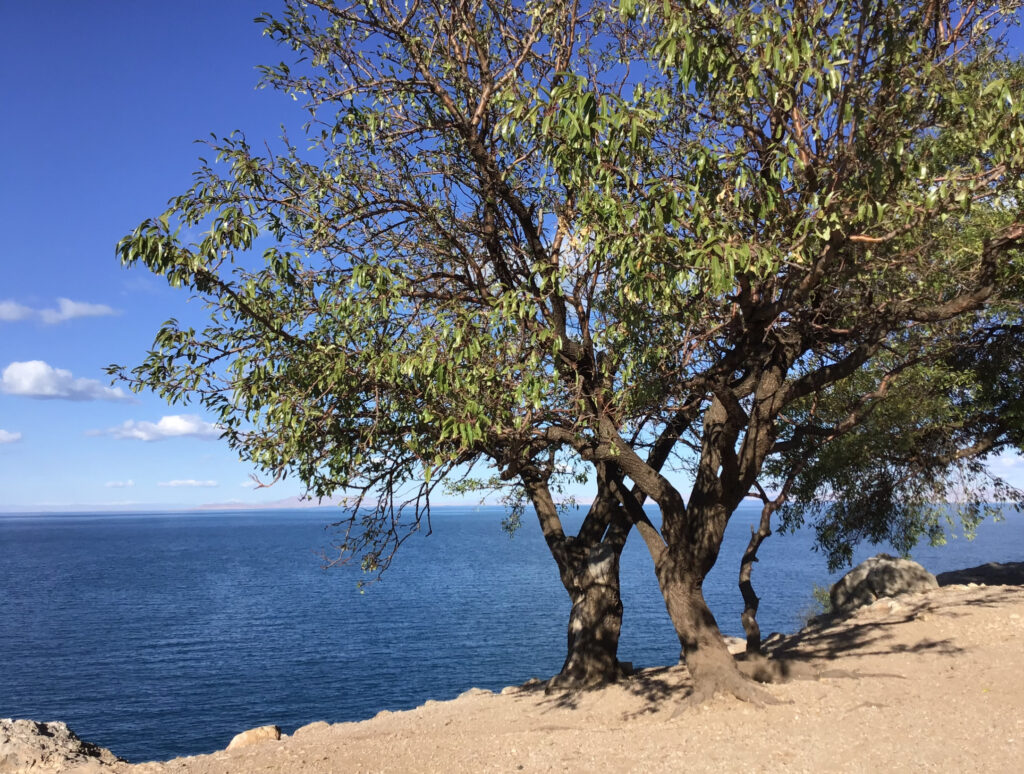
Akdamar Church (Church of the Holy Cross) on Akdamar Island in Lake Van, Turkey, is a remarkable example of medieval Armenian architecture, blending religious and artistic influences. Here’s an overview of its architectural features, origin, history, and development:
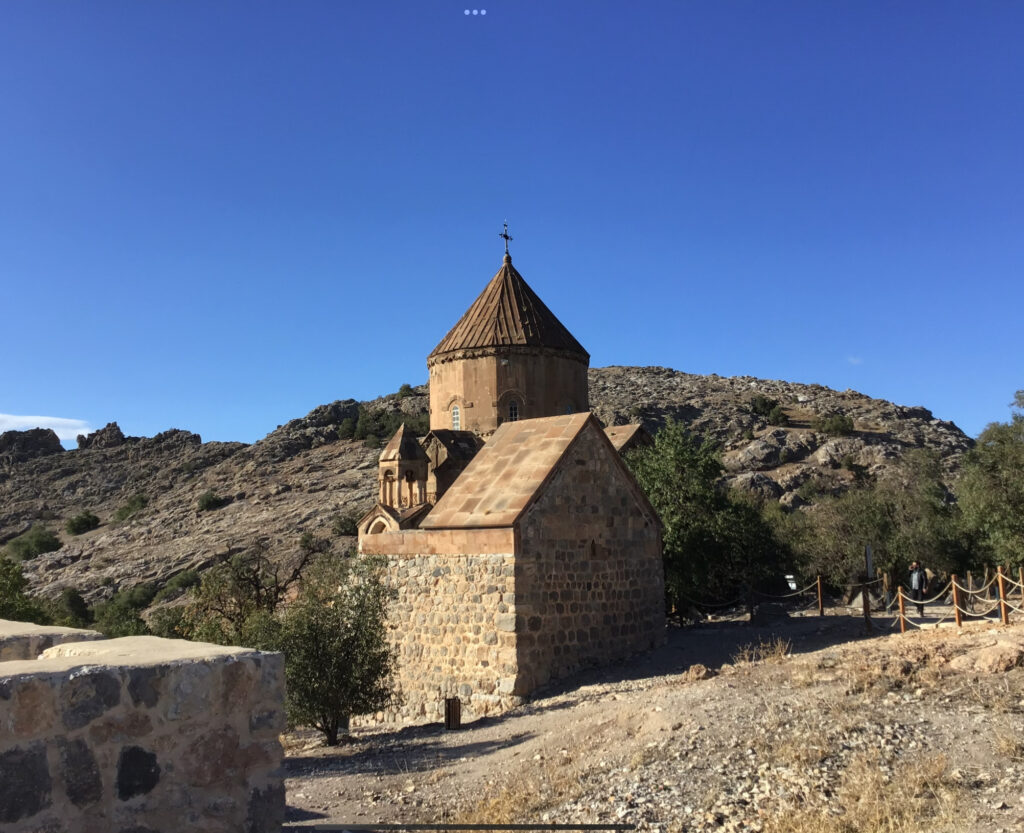
Architectural Features
1. Exterior Stone Carvings: The church’s most famous feature is its intricate stone carvings on the outer walls, depicting biblical scenes, saints, animals, and symbolic figures. These reliefs portray stories from both the Old and New Testaments, such as Adam and Eve, David and Goliath, and Daniel in the Lion’s Den.
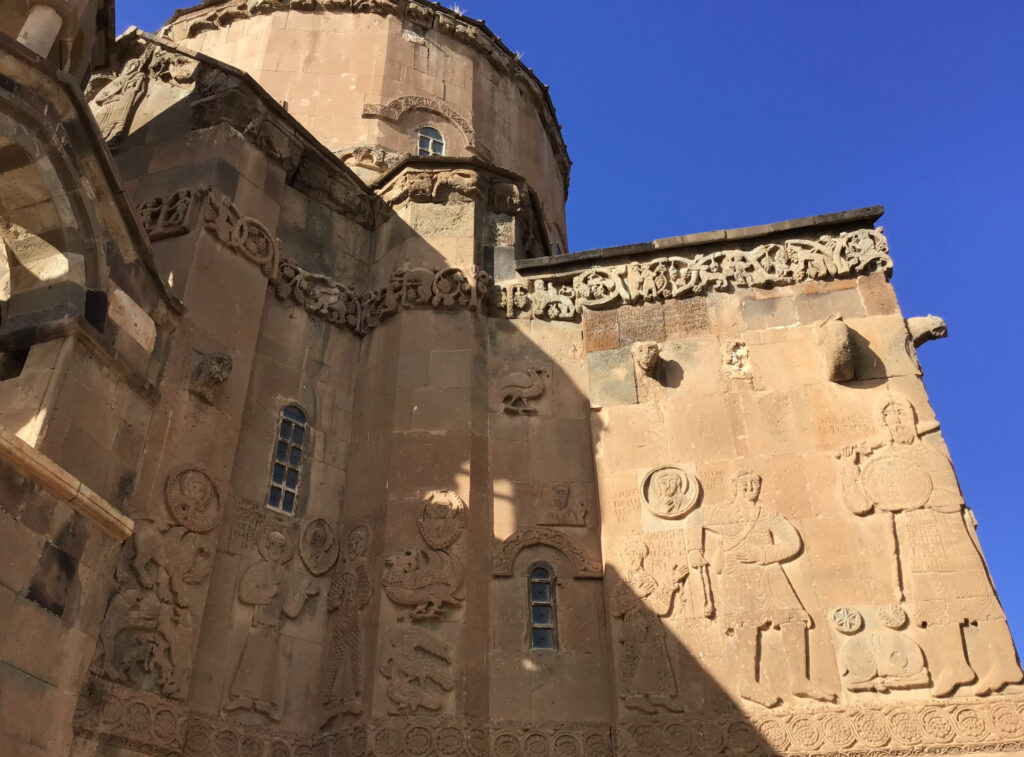
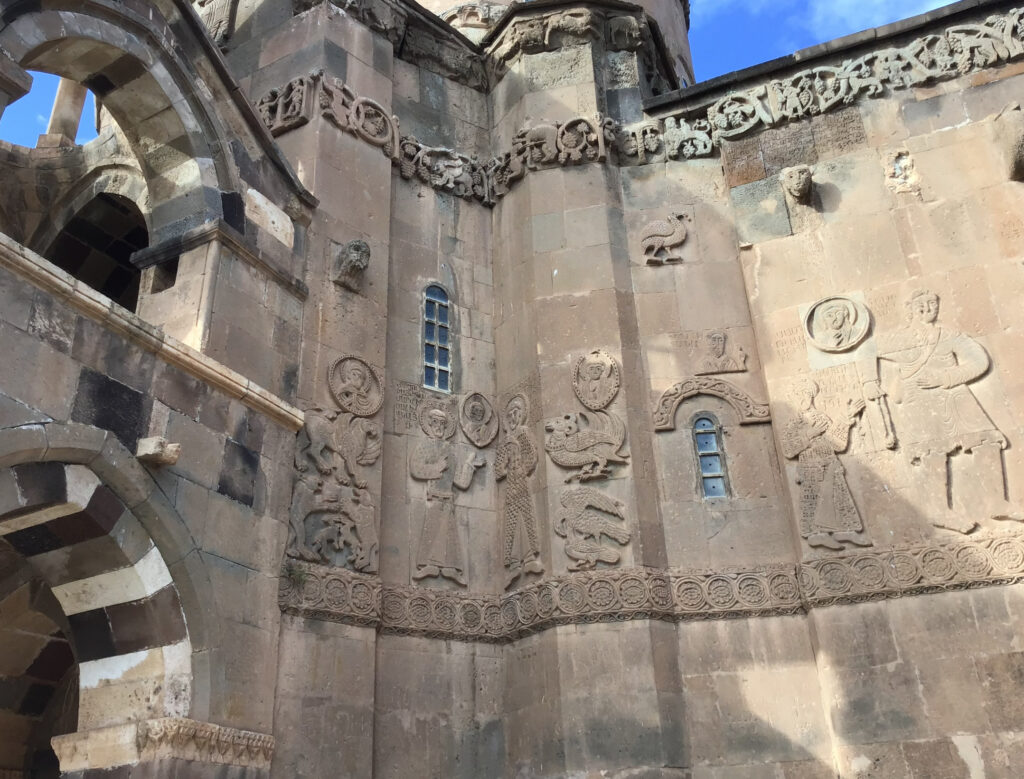
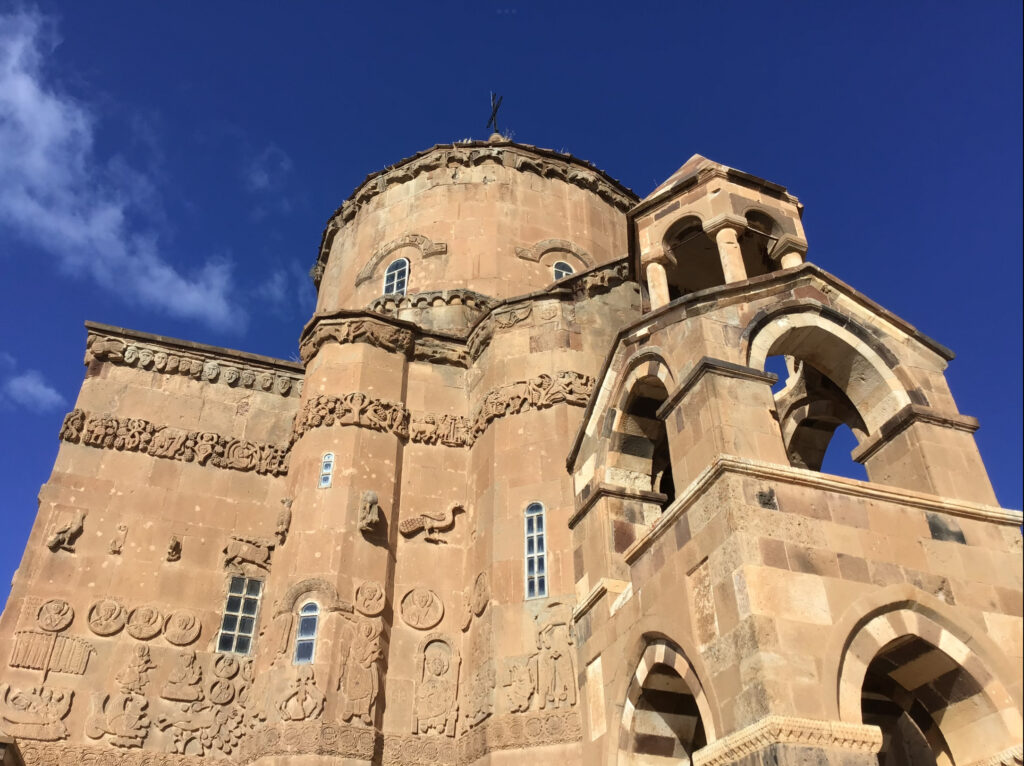
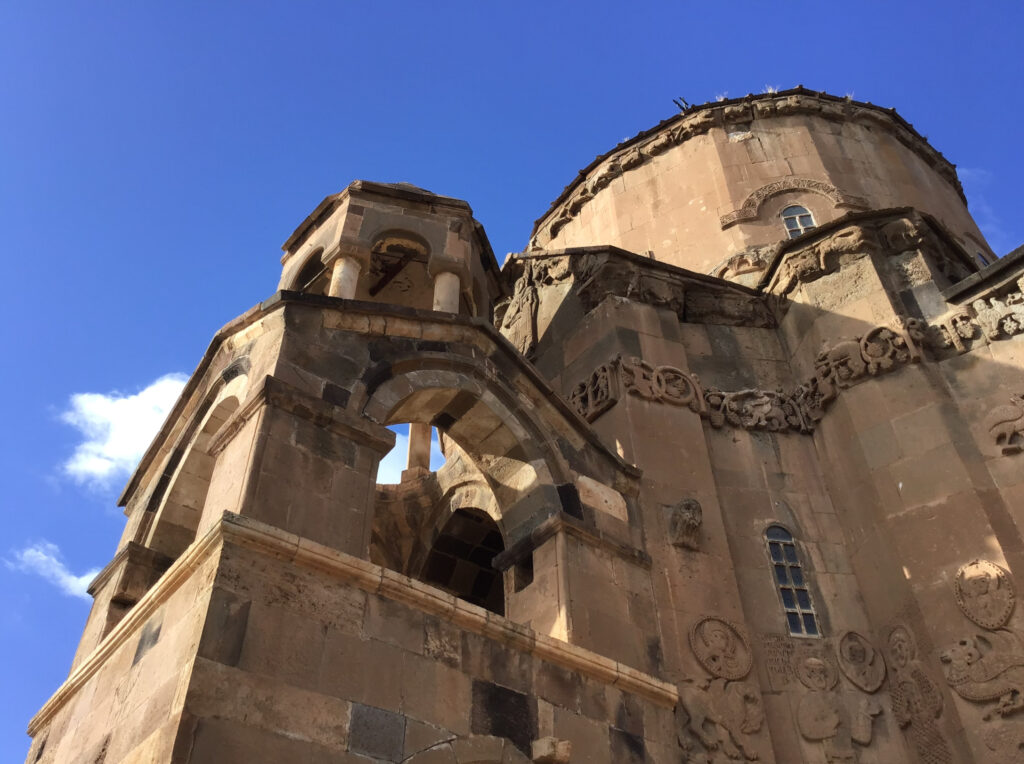
2. Central Dome: The church has a centrally placed dome supported by a drum. This dome is typical in Armenian architecture, symbolizing heaven and providing the structure with a sense of grandeur.
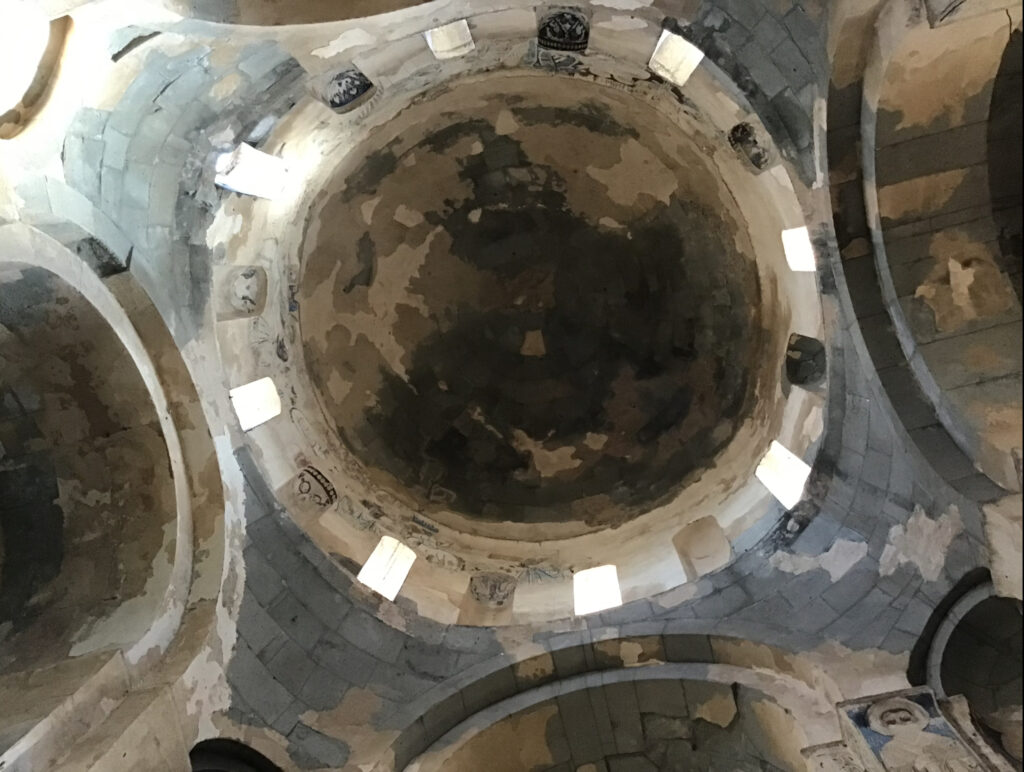
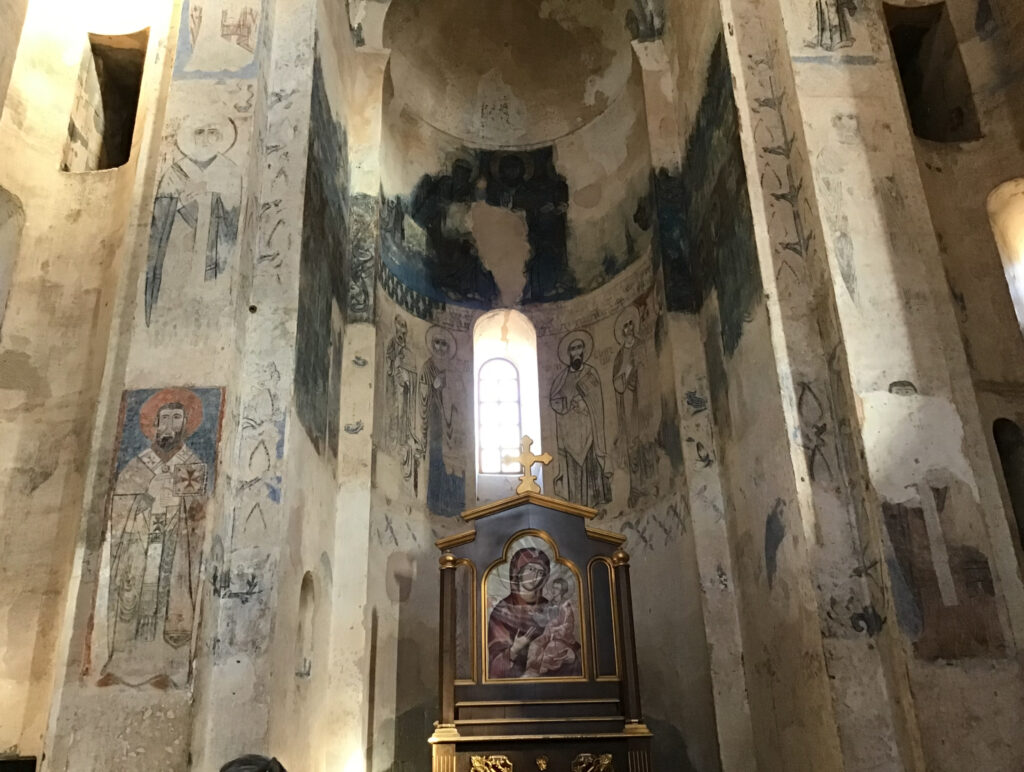
3. Cross-in-Square Plan: Akdamar Church is built in a traditional cross-in-square plan, with four arms forming a cross. This layout was common in Armenian church design and is considered to have theological symbolism, representing the Christian faith.
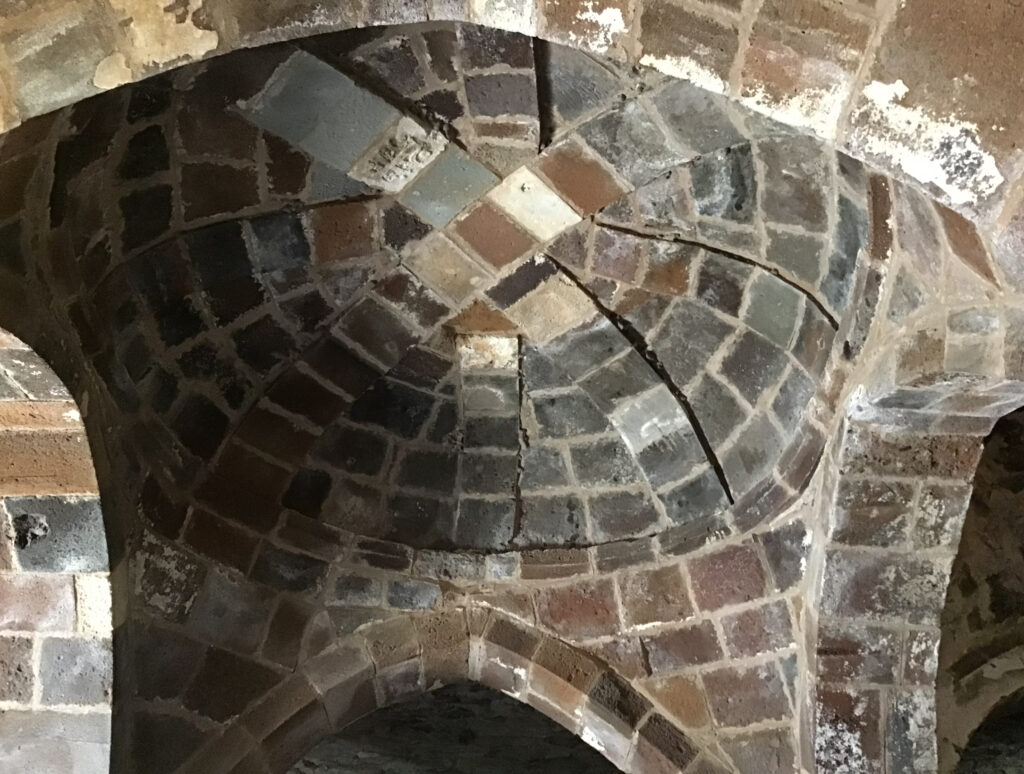
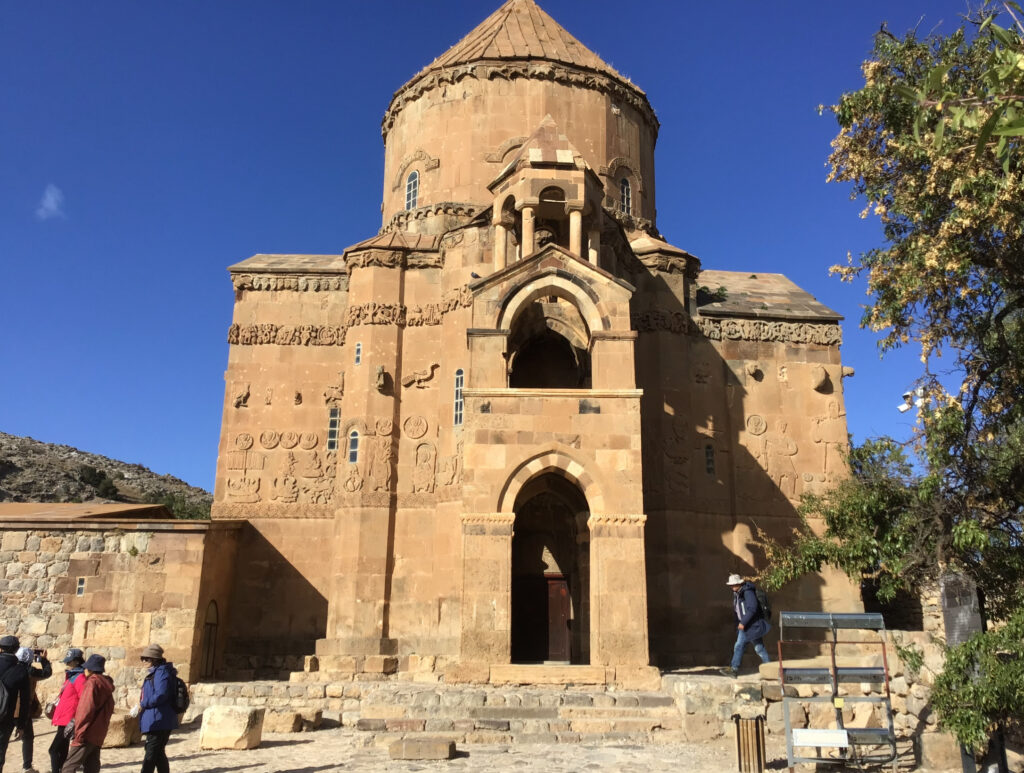
4. Niches and Arches: Decorative niches and blind arches cover the exterior, enhancing the aesthetic appeal and creating a sense of depth. The use of pointed arches and barrel vaults shows a blending of Byzantine and local Armenian styles.
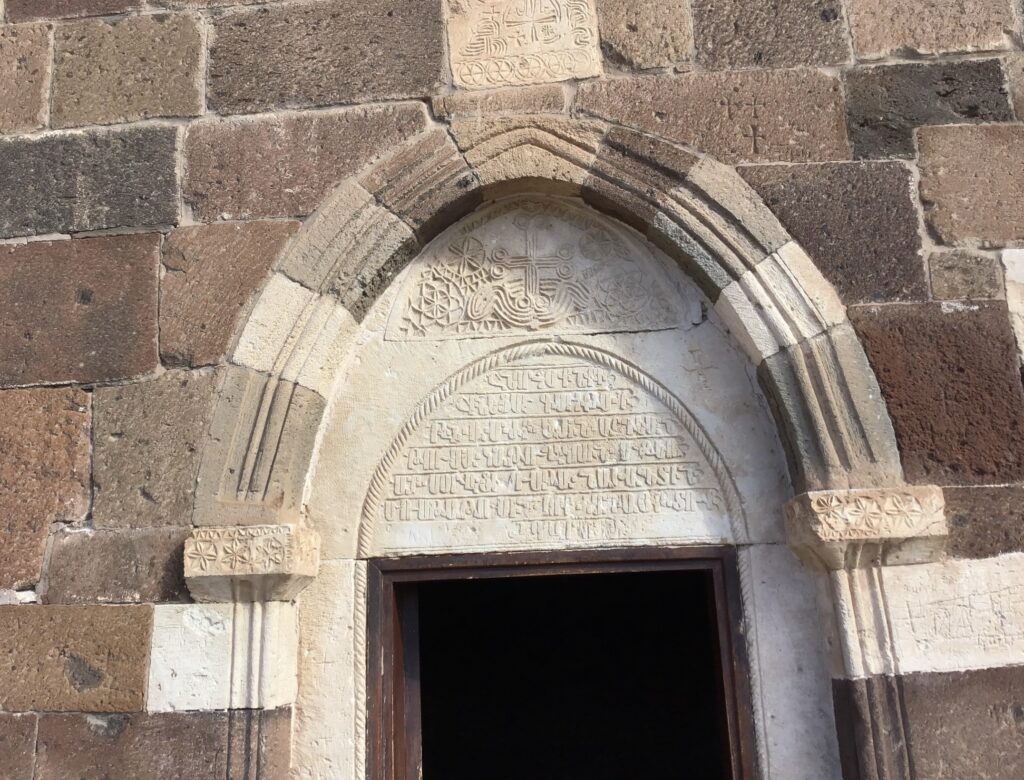
5. Frescoes and Iconography: Inside, the church walls are adorned with faded frescoes, which, although eroded, give a sense of its once vibrant interiors filled with religious iconography.
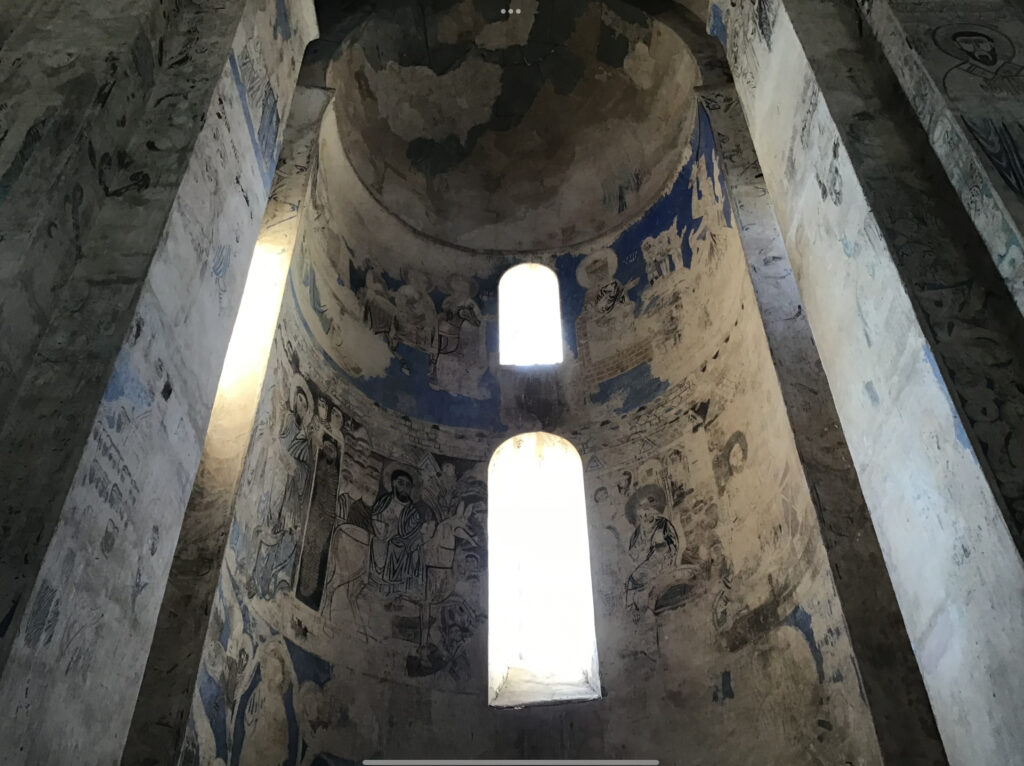
6. High Reliefs and Sculptures: The high-relief carvings are detailed and three-dimensional, which was innovative for Armenian church architecture at the time. They illustrate biblical themes and figures, blending art with storytelling.
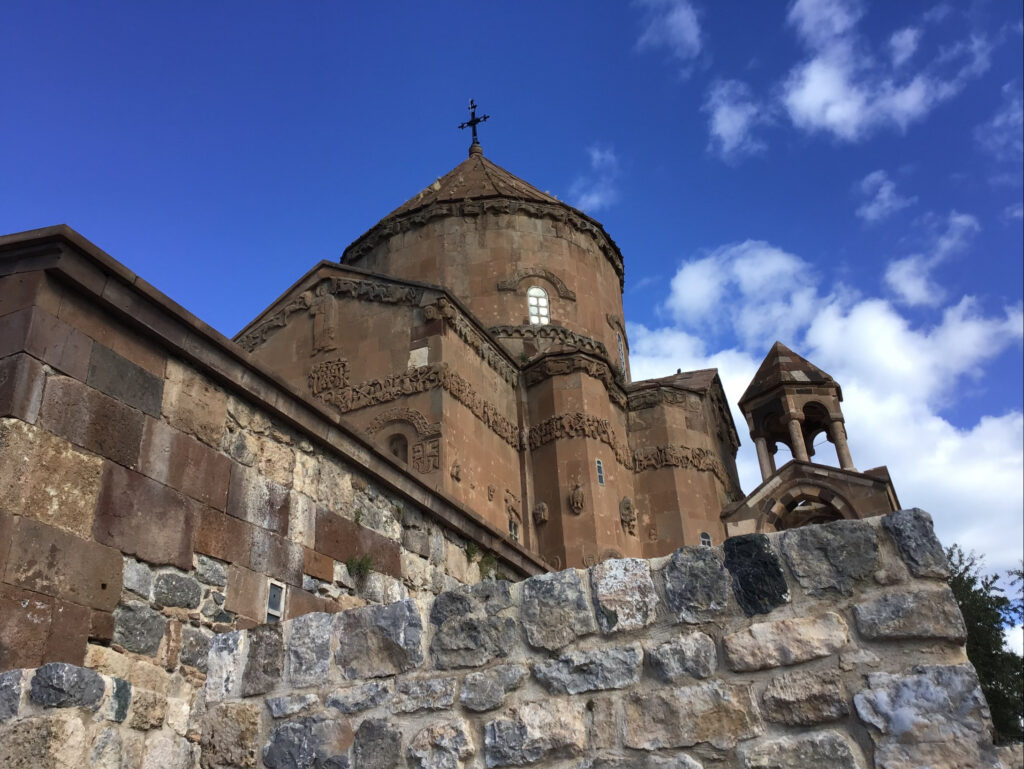
Origin
Akdamar Church was commissioned by the Armenian King Gagik I Artsruni of the Vaspurakan Kingdom and built between 915 and 921 AD. The architect, Manuel, drew from a mixture of Armenian, Byzantine, and local Anatolian styles, creating a unique structure that reflected the spiritual and political aspirations of the kingdom.
History and Development
1. Political Significance: During the 10th century, the Kingdom of Vaspurakan was a powerful Armenian principality, and the church served as both a religious and a political symbol. It was not only a place of worship but also a representation of the kingdom’s artistic and architectural prowess.
2. Changes in Ownership: After the fall of the Armenian kingdoms, the church fell under various ruling powers, including Seljuk, Ottoman, and Turkish control. Despite these changes, it retained its Armenian identity and importance as a cultural heritage site.
3. Restoration Efforts: After decades of neglect, a significant restoration effort was completed in 2007 by the Turkish government to preserve the church’s historical and artistic features. It is now a museum and occasionally serves as a site for Armenian religious ceremonies.
4. Modern Development: Today, Akdamar Church is recognized for its cultural significance, representing medieval Armenian art and architecture, and it attracts visitors from around the world. In 2010, a special mass was allowed to be held in the church, symbolizing a renewed recognition of its historical importance.
Akdamar Church is celebrated not only for its religious significance but also for its artistic contributions, standing as a rare monument of medieval Armenian heritage. The church’s intricate carvings and architectural style are a testament to the flourishing culture of the Kingdom of Vaspurakan and its legacy in Armenian and world history.

